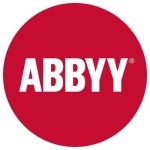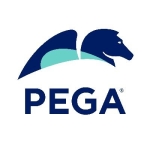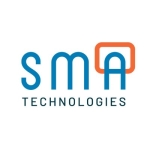My use case with UiPath Platform depends on the customer, as I am an expert architect. I build applications, build projects, help customers provide business solutions, ask questions, answer questions, and resolve issues.
The best features in UiPath Platform are the Agentic Robots, which provide a kind of intelligence.
UiPath Platform offers excellent support and training. They provide free training, unlike Blue Prism. I worked with Blue Prism for three years, and you have to pay for training and certificates there.
The support is good, and the price is the same as Blue Prism. For me, it is the best number one in the world for bots.
Agentic Automation is a new technology that they built this year. Previously, with the UiPath Platform, we had a robot that we asked to do business actions, but with Agentic, the robot can think. The robot performs actions, and Agentic can make decisions if we program it to make decisions. The customer doesn't do anything. It's a revolution in AI.
My clients have replaced personnel and saved a significant amount of money. For example, I have customers who had 11 people to work, and after one year of using the UiPath Platform, they saved ten people.
We use Communication Mining features in real time for small businesses and critical businesses. We use robots to do actions in real time with supervision through Elasticsearch and Kibana to show what happened in real time. With UiPath Platform Communication Mining, we can automate actions or responses according to the type of content in the message. We can connect to an Outlook and Gmail address.
With Agentic, it can think and provide personalized answers. It's very easy to build automations with UiPath Platform for someone who doesn't have technical skills because they have UiPath for developers and UiPath for business. For teams that don't have enough knowledge in IT, building simple processes is possible. For complex processes, more IT knowledge is needed.
The UiPath user community is extensive and informative. The majority of my clients are big companies. Most businesses share architecture and need strong architecture because the cost isn't high if you choose a strong architecture. They use UiPath Academy to learn and get certificates because there are many products and options in the application.
There has been a 90% reduction in human error. For UiPath Platform, you have three components: UiPath Studio, the robot, and the orchestrator. For annual updates, the orchestrator takes one day, while the robot and Studio each take one hour.
The area that has room for improvement in UiPath Platform is the price.
I have been using UiPath Platform for around ten years.
For stability, the orchestrator rates at ten out of ten. It is very stable. Studio rates at a nine out fo ten, and robots rate at eight out fo ten since they work only with Microsoft.
The solution is scalable. If you want to add machines, it's very easy. However, you have to do the architecture with a professional, not just with a developer.
The vendor support is very good, and with all my customers, we have premium support. It rates a ten out of ten.
UiPath Platform is better than Blue Prism. Blue Prism's training isn't free. You have to pay to get information, and they don't have cloud. They built their cloud two or three years before, so they are behind.
The ease of the deployment depends on whether you want to know about developers or architecture. For architecture, I am alone for all customers. I administer the platform, install the production, and perform all tasks related to production. For developers, it depends on the customer. I have customers who have ten, 20, or even 50 developers.
The solution requires maintenance. You need the big update in a year, and depending on the customer, two or three updates in a year, with one update every three months, but you have to update once a year.
I can estimate that all my customers see about a 40% return on investment. This saves about 40% of time. It depends on the process; some processes save all the time, while others save significant time.
In the beginning, when I built the application, we didn't talk about licenses. We buy licenses, but after one year, we try to mutualize and share licenses with different customers to minimize the number of licenses and to minimize the cost of the application.
I rate UiPath Platform ten out of ten.






















